Picking AWS ECS or EKS can feel tough with container orchestration expected to hit $1.38 billion in value by 2026. More people using containerized applications has shown the importance of strong orchestration platforms to handle large-scale applications.
When you look at AWS EKS and ECS, you’ll see they each come with their own benefits. ECS, as a managed container orchestration tool, makes it simple to run and manage containers in Amazon’s ecosystem. On the other side, EKS offers greater control and flexibility. One key difference is in how they charge. EKS has a flat fee of $0.10 an hour for each cluster, on top of added resource costs, which could make it pricier for larger projects involving many clusters.
This guide breaks down both services helping you figure out which one fits your needs better. It walks through their features, pricing setups, and where they work best so you can choose the right option based on your goals.
Explore AWS ECS and Its Benefits
Amazon ECS (Elastic Container Service) is a container orchestration service fully managed by AWS. It helps deploy, manage, and scale apps that use containers. ECS works in three key parts: capacity or infrastructure, controller for managing deployments, and the scheduler interface for provisioning.
- One of the big advantages of ECS is how well it connects with AWS tools. It integrates with other services like CloudWatch, IAM, and Elastic Load Balancing creating an easy-to-use system for running applications.
- The ability to scale resources is a major feature of ECS. It helps companies adjust to demand and use resources without overspending. ECS also ensures high availability by recovering containers and running them across multiple zones, which lowers the chance of downtime.
- ECS delivers strong security by using IAM integration, encryption choices, and VPC isolation. These features play a key role in protecting sensitive data and aligning with compliance needs.
- Still, ECS has some downsides to think about when looking at AWS ECS versus EKS. Its design caters to AWS, which might create vendor lock-in. It supports Linux-based containers and can involve tricky networking setups in more advanced use cases.
- Teams looking to simplify workflows within AWS may find ECS appealing since it removes the need to manage a control plane.
Explore AWS EKS and Its Benefits
Amazon Elastic Kubernetes Service (EKS) serves as how AWS helps companies manage Kubernetes-based container orchestration.
- This service is managed and takes care of the tough parts of running Kubernetes control planes across three AWS Availability Zones, which boosts reliability.
- EKS gets noticed because it has Kubernetes conformance certification. This certification guarantees that apps built for regular Kubernetes environments work without needing any code adjustments. It works across different setups, like cloud, on-premises, and edge systems using things like EKS Anywhere and EKS Hybrid Nodes.
- To simplify tasks, EKS Auto Mode makes it easy to manage cluster infrastructure. With just one click, it handles resource provisioning, picks the best compute instances, and adjusts scaling as demand goes up or down.
- Working with AWS security services is a major strength of EKS. It combines Kubernetes RBAC with AWS IAM to provide strong access control. Teams can use various deployment options like the AWS Management Console, APIs, CDK, CLI tools, CloudFormation, and Terraform.
- EKS however, can be harder to learn than ECS. It mixes the complexity of Kubernetes with AWS-specific setups, which might demand more advanced skills from users.
- Even so many organizations pick EKS because of its active ecosystem reliable open-source APIs, and better flexibility. It fits well for teams aiming to build available services that need to align with Kubernetes.
ECS vs EKS: Key Differences Explained
- AWS ECS and EKS differ because of their design and structure. ECS gives a straightforward, AWS-tailored way to run containers cutting down on configuration decisions. On the other hand, EKS sets up a managed Kubernetes system that uses an open-source setup for more flexibility and access to a larger ecosystem.
- ECS is simpler to manage and easy to configure since it works with AWS tools. EKS however, needs a solid grasp of Kubernetes, which makes management harder but gives users more control. This also affects how scaling is handled. ECS adjusts application scaling based on demand. With EKS, users must set up things like autoscaling groups and Kubernetes’ Horizontal Pod Autoscaler.
- For pricing models, ECS bills users based on the resources they use without adding extra service fees. EKS, on the other hand, charges a fixed fee per cluster around $70 each month, alongside the cost of resource usage.
- When it comes to security, the two platforms take different paths. ECS relies on strong AWS security features such as IAM roles and VPC network isolation. EKS combines Kubernetes’ built-in security options with AWS tools, which demands a deeper understanding to utilize.
- Integration with other systems also sets them apart. ECS works easily with AWS services making deployment and management more straightforward. In contrast, EKS provides better flexibility across different cloud setups due to its Kubernetes base.
Use Cases: When to Choose ECS and EKS
To choose the right container orchestration tool, it is important to understand what each platform does best.
AWS ECS offers a major perk in its ease of use and close connection to AWS services. Teams new to containers and unfamiliar with Kubernetes will find ECS easier to handle. It works well for budget-conscious projects because it charges for the resources you use and avoids extra management costs.
Here are situations where ECS works best:
- Revamping older apps with minimal changes needed
- Developing microservices that take advantage of AWS tools
- Using AWS Fargate to handle serverless workloads
- Running e-commerce sites that deal with unpredictable traffic
- Meeting compliance needs in industries like healthcare or finance
Compared to others, AWS EKS gives teams more control using Kubernetes. It suits groups wanting to use multiple clouds or move workloads without being tied to AWS. EKS charges about $70 monthly for each cluster, on top of resource usage, but it provides advantages to:
- Deploy apps with high availability in several zones
- Use GPUs to handle machine learning tasks
- Create hybrid or multi-cloud setups through EKS Anywhere
- Manage microservices architectures needing detailed control
- Lower batch processing costs by using Spot Instances
Keep in mind, you don’t have to pick one platform over the other since they can work together.
Conclusion
Choosing between AWS ECS and EKS depends on your needs, team skills, and long-term goals. ECS is easy to use and integrates well with other AWS services, making it ideal for beginners or teams seeking minimal management. EKS, built on Kubernetes, offers more flexibility, works across platforms, but comes with added complexity and higher costs. EKS charges a base fee of about $70 per month per cluster, on top of resource usage, while ECS charges only for resources used.
If your project is small and AWS-focused, ECS is easier to manage and budget. For teams that need multi-cloud support, advanced customization, or already use Kubernetes, EKS is a better fit despite the learning curve. Some businesses use both: ECS for simpler apps and EKS for more complex tasks. For more guidance, connect with our cloud experts to leverage our cloud app development services and AWS container expertise to deploy, manage, and scale containerized applications on the cloud.

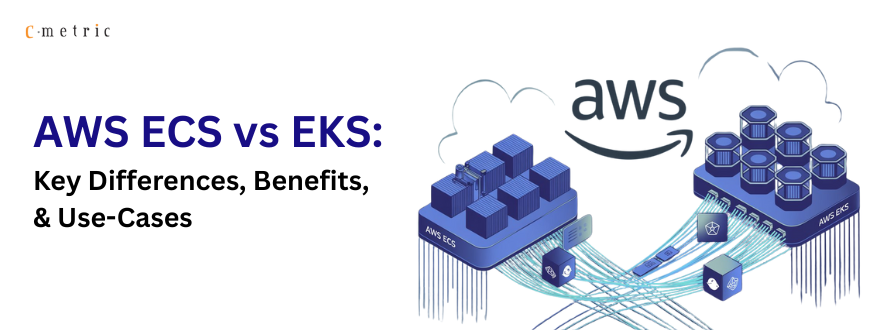

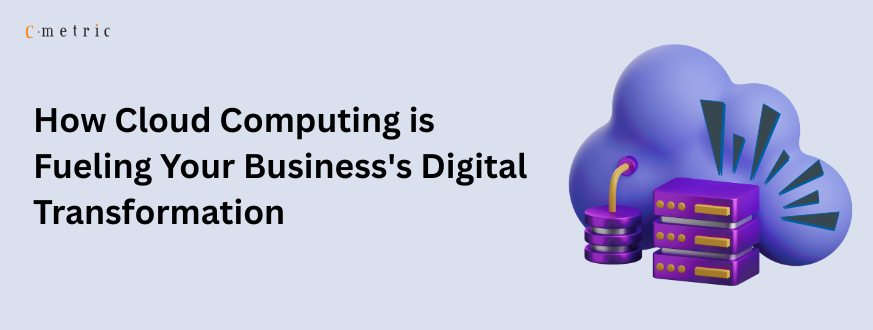


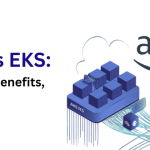





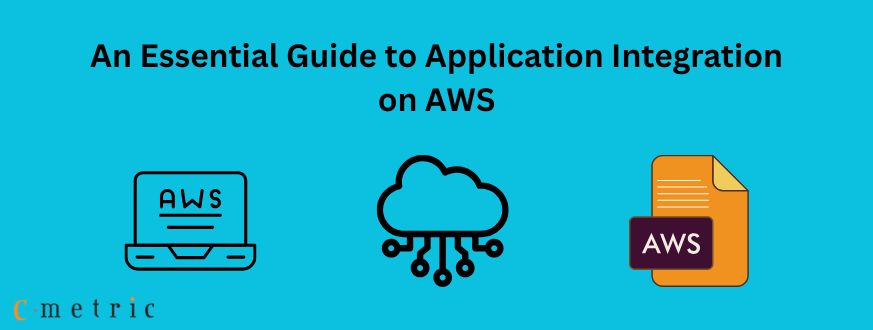
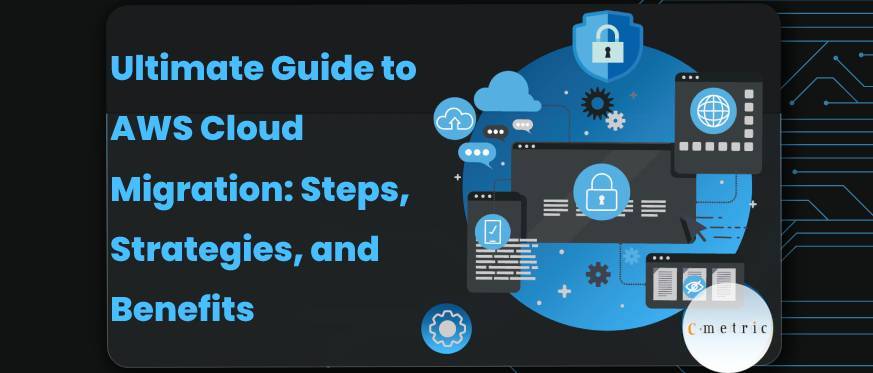
Get in Touch